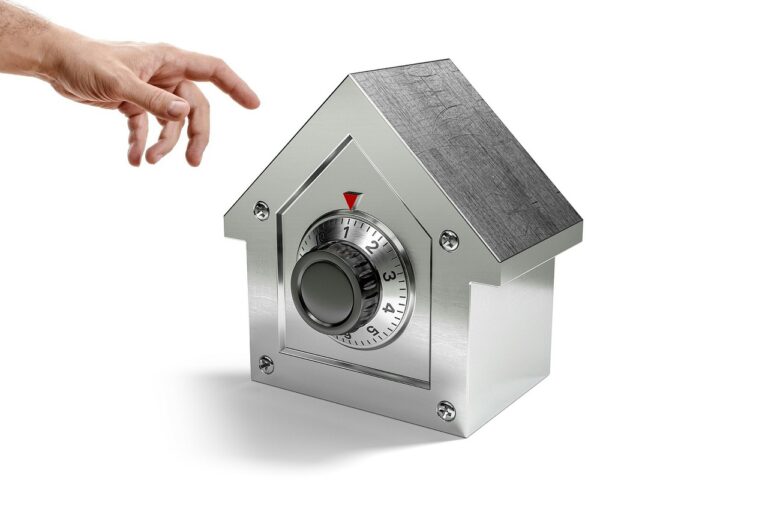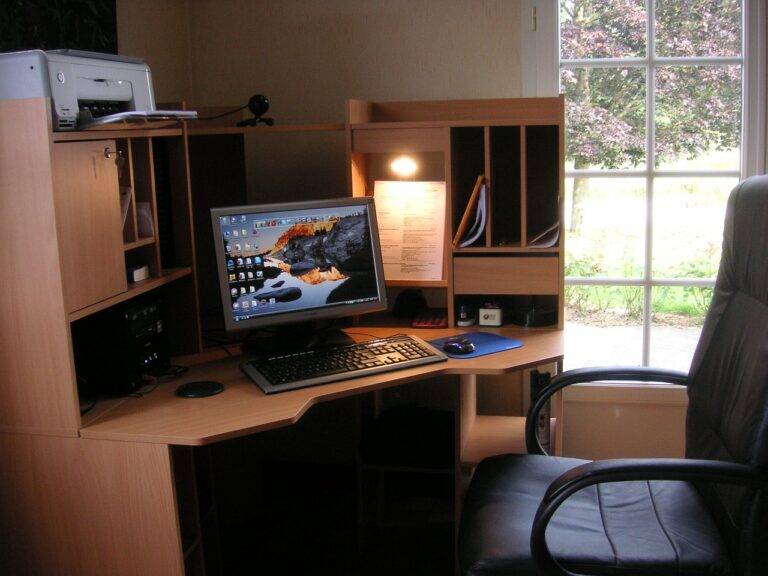Event Security Best Practices: Protecting Attendees and Assets
all panel login, mahadev book online, get cricket id:Event Security Best Practices: Protecting Attendees and Assets
Planning and executing a successful event requires more than just organizing a schedule and coordinating vendors. Ensuring the safety and security of attendees and assets is paramount to the overall success of any event. From music festivals and sporting events to corporate conferences and trade shows, event security is essential in today’s world.
In this article, we will discuss some best practices for event security to help you protect your attendees and assets. By implementing these strategies, you can create a safe and secure environment for all participants and ensure that your event runs smoothly and successfully.
Understanding Threats and Risks
Before diving into specific security measures, it’s essential to understand the potential threats and risks that your event may face. Threats can range from natural disasters and medical emergencies to criminal activities such as theft, vandalism, and terrorism. By conducting a thorough risk assessment, you can identify potential vulnerabilities and develop a comprehensive security plan to address them.
Some common threats to consider include:
– Crowd control issues
– Unauthorized access to restricted areas
– Cybersecurity threats
– Physical violence or disturbances
– Fire hazards
– Medical emergencies
By understanding these risks, you can tailor your security measures to mitigate them effectively and ensure the safety of all participants.
Establishing a Security Team
One of the most critical aspects of event security is establishing a dedicated security team to oversee all aspects of safety and protection. Depending on the size and scale of your event, your security team may include:
– Certified security personnel
– Law enforcement officers
– Emergency medical technicians
– Crowd control specialists
It’s essential to ensure that your security team is properly trained and equipped to handle any potential threats or emergencies that may arise during the event. By having a dedicated team in place, you can respond quickly and effectively to any security incidents and maintain a safe environment for all attendees.
Utilizing Technology
In today’s digital age, technology plays a vital role in enhancing event security. From surveillance cameras and access control systems to emergency notification platforms and RFID wristbands, there are numerous technological solutions available to help you improve security at your event.
Some key technologies to consider include:
– Surveillance cameras: Install surveillance cameras in key areas to monitor activity and deter criminal behavior.
– Access control systems: Use access control systems to regulate entry to restricted areas and prevent unauthorized access.
– Emergency notification platforms: Implement an emergency notification platform to communicate important information to attendees in real-time.
– RFID wristbands: Use RFID wristbands to track attendee movement and enhance crowd control efforts.
By leveraging these technologies, you can enhance the overall security of your event and provide a safer experience for all participants.
Implementing Physical Security Measures
In addition to technology, physical security measures are also essential for protecting attendees and assets at your event. Some common physical security measures include:
– Perimeter fencing: Erect perimeter fencing to secure the event site and prevent unauthorized access.
– Bag checks: Conduct bag checks at entry points to screen for prohibited items and weapons.
– Metal detectors: Use metal detectors to detect weapons and other dangerous objects during security screenings.
– Security personnel: Deploy security personnel throughout the event site to monitor activity and respond to security incidents promptly.
By implementing these physical security measures, you can create a secure environment for attendees and minimize the risk of potential threats or incidents.
Training Staff and Volunteers
Training staff and volunteers is another crucial aspect of event security. Whether they are assigned to ticketing, guest services, or crowd control, all event staff should receive proper training on security protocols, emergency procedures, and communication strategies.
Some key training topics to cover include:
– Recognizing suspicious behavior
– Responding to medical emergencies
– Communicating with law enforcement
– Evacuation procedures
– Crowd management techniques
By ensuring that all staff and volunteers are well-trained and informed, you can enhance the overall security of your event and ensure a coordinated response to any security incidents that may arise.
Monitoring and Communication
Effective monitoring and communication are essential for maintaining security at your event. By establishing a centralized command center, you can monitor activity throughout the event site and coordinate security efforts in real-time.
Some key components of monitoring and communication include:
– Two-way radios: Equip security personnel with two-way radios to facilitate communication and coordination.
– Incident reporting: Establish a system for reporting security incidents and tracking response efforts.
– Emergency response plan: Develop an emergency response plan outlining procedures for various security scenarios.
– Public address system: Use a public address system to communicate important information to attendees in case of emergencies.
By prioritizing monitoring and communication, you can ensure a swift and effective response to any security incidents and provide a safer environment for all participants.
FAQs:
Q: What are some tips for managing large crowds at an event?
A: Some tips for managing large crowds include implementing designated entry and exit points, deploying crowd control barriers, providing clear signage and directions, and utilizing crowd management personnel to guide attendees.
Q: How can I improve cybersecurity at my event?
A: To improve cybersecurity, consider implementing secure Wi-Fi networks, encrypting sensitive data, restricting access to critical systems, monitoring network activity, and educating staff and attendees about cybersecurity best practices.
Q: What should I do in case of a medical emergency at my event?
A: In case of a medical emergency, immediately contact emergency medical services, provide first aid and CPR if trained, evacuate the area if necessary, and communicate with attendees to ensure their safety and well-being.
In conclusion, prioritizing event security is essential for protecting attendees and assets and ensuring the overall success of your event. By understanding potential threats and risks, establishing a dedicated security team, utilizing technology, implementing physical security measures, training staff and volunteers, and prioritizing monitoring and communication, you can create a safe and secure environment for all participants. By following these best practices, you can host a successful and secure event that leaves a lasting positive impression on attendees.







